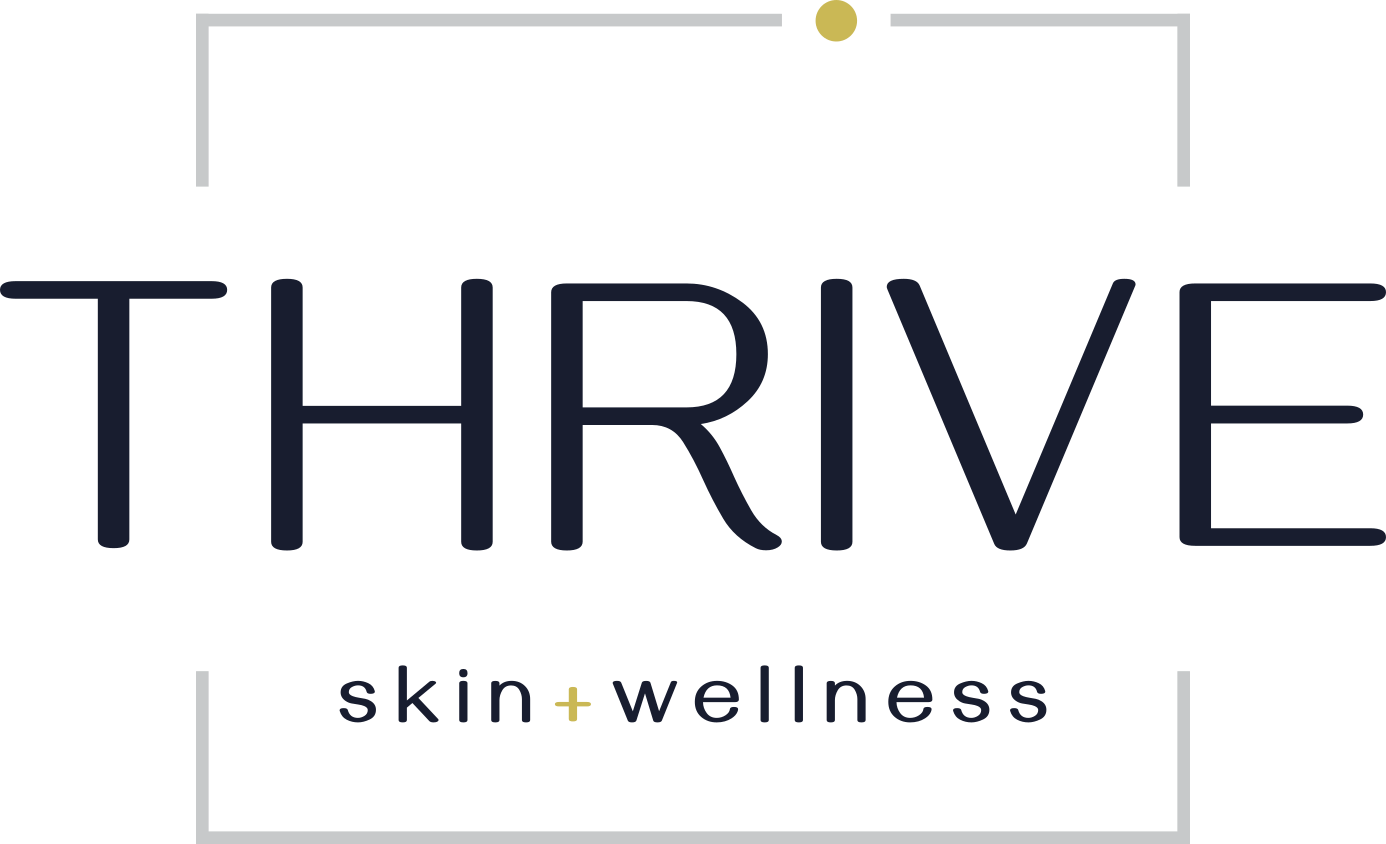Skin Tags Removal Holly Springs

Skin tags are common skin growths in which a short, narrow stalk sticks out. They are usually flesh colored, but can appear brown on lighter skin. While skin tags are soft, benign growths, the fact that they look like bits of hanging skin, they are cosmetically unacceptable.
While skin tags are harmless and one of the most common bumps on adult skin, they can be very annoying because they tend to occur on the eyelids, armpits, neck, under breasts, or groin folds.
Skin tags are more common that you think. There are more than three million cases per year in the United States and almost everyone will develop a skin tag at some point in their lives.
A skin tag can be an eyesore for many people, especially if they are located around the neck area. Luckily, they can be treated quite easily and don’t worry, getting rid of skin tags does not cause more to grow. Now is a good time to take advantage of our skin tag removal offer this month.

What causes skin tags?
The exact scientific reasoning why a skin tag develops has not been determined. However, skin tags are believed to be caused by clusters of collagen and blood vessels which are trapped inside thicker bits of skin.
It is said that skin tags are the result of skin rubbing against skin. That is why they are generally found in skin creases and folds.
Who is at risk of developing skin tags?
While it’s possible that almost everyone will develop a skin tag at some point in their lives, the likelihood of developing a skin tag is more common in:
- Individuals with diabetes
- Pregnancy (may be due to hormonal changes)
- People who are overweight and obese (partially due to the excess skin fold)
What to do next
If you would like to schedule an appointment for skin tag removal, or you want to learn more about our treatments for your skin concerns, call (919) 557-6400 to schedule an appointment with a Thrive Skin + Wellness skincare specialist, or schedule a consultation online.
